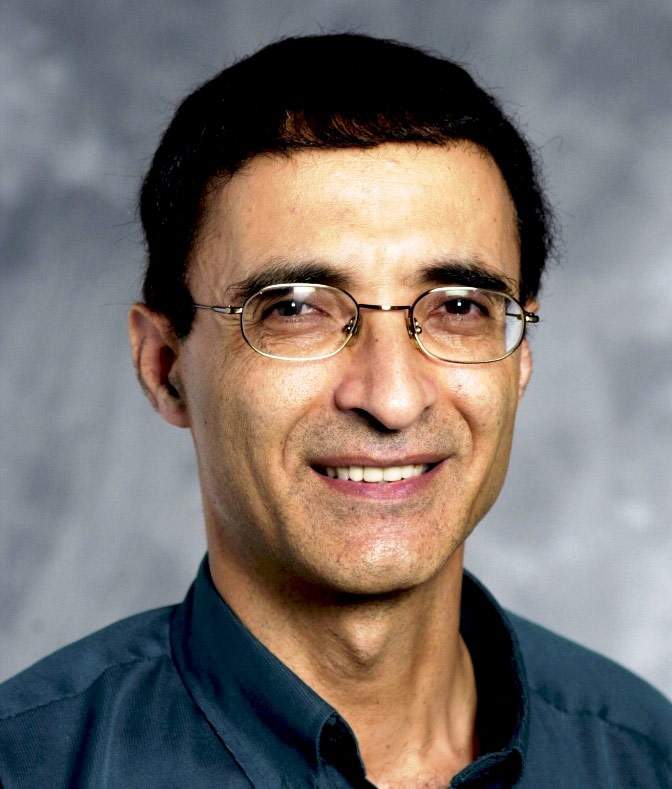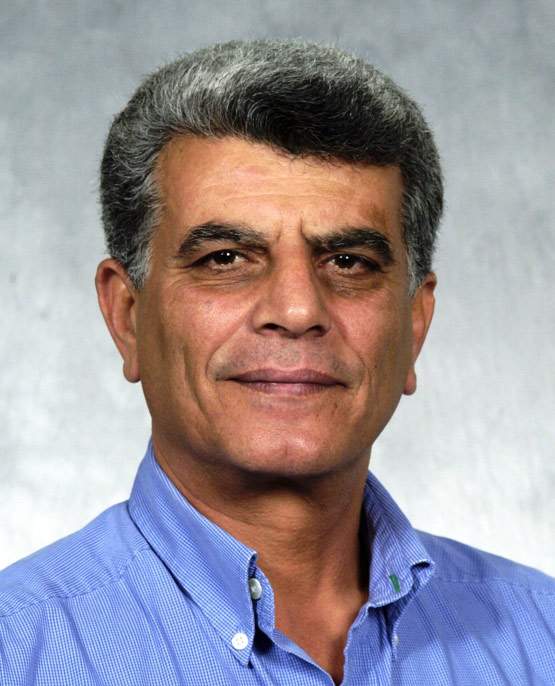Because multiple sclerosis is a T cell-mediated autoimmune disease, the scientists thought this action might prevent the harmful immune response in the disease. They worked with mouse models of this disease to gauge whether an isolated version of the sequence in the form of a peptide – a small piece of a protein sequence – would have the same inhibitory effect on T cells. They found that upon administration of the peptide, T cell activation was indeed suppressed and the severity of the disease was reduced. “As to the inhibitory effects on T cells, the peptide can do what the virus does, but without the virus,” says Ben-Nun.
In a follow-up study, reported in the
Journal of Biological Chemistry, the scientists engineered a more stable form of the peptide based on the original HIV sequence. Not only has this allowed them to further understand the unique molecular mechanisms of HIV infection, but it turns out that this so-called killer may also help save lives: The engineered peptide, which is based on the virus’s sequence, could potentially be used as a tool to manipulate the immune system and shut down T cell activation, thereby suppressing the development of various T cell-mediated autoimmune diseases.
“And because it specifically targets T cells, unlike existing immunosuppressive drugs that affect all types of white blood cells, it is likely to mount a more effective response with fewer unwanted side effects,” says Shai.
Prof. Avraham Ben-Nun’s research is supported by the Jeanne and Joseph Nissim Foundation for Life Sciences Research; the Croscill Home Fashions Charitable Trust; Ellie Adiel, New York, NY; Maria Halphen, France; and the estate of Fannie Sherr. Prof. Ben-Nun is the incumbent of the Eugene and Marcia Applebaum Professorial Chair.
Prof. Yechiel Shai’s research is supported by the Nella and Leon Benoziyo Center for Neurological Diseases; the Yeda-Sela Center for Basic Research; the Carolito Stiftung; the Helmsley Charitable Trust; and Mario Fleck, Brazil. Prof. Shai is the incumbent of the Harold S. and Harriet B. Brady Professorial Chair in Cancer Research.


